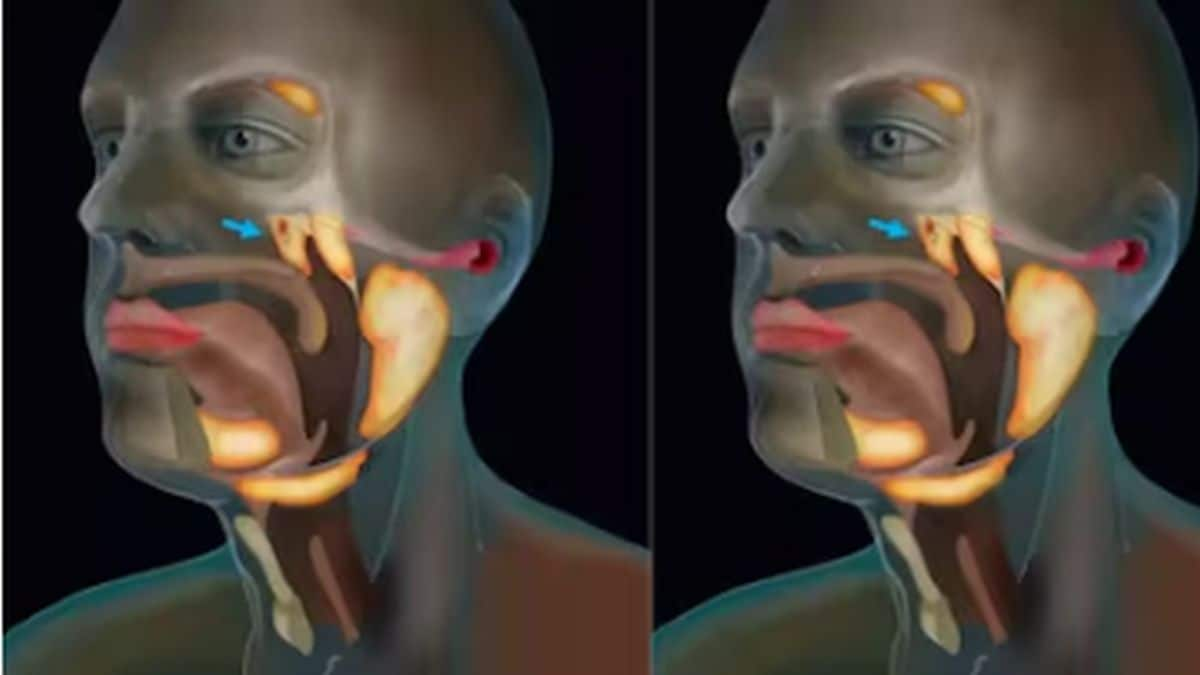Understanding the symptoms and disease progression of COVID-19 has played a major role in tracking, identifying and isolating cases throughout the pandemic. While actual diagnosis and confirmation of cases depends on tests like RT-PCR, self-reported symptoms ranging from fever and cough to loss of smell or taste have indeed helped in creating awareness about the disease and self-identifying its onset. Health agencies and governments across the world have also devised methods to record these self-reported symptoms via smartphones, like India’s Aarogya Setu app, to detect emerging hotspots for the infection and allocating adequate medical resources accordingly. A new study published in the journal Patterns suggests that similar data on symptoms and symptom progression via data collected from wearable activity trackers can not only help identify the onset of COVID-19 but also help distinguish between the symptoms of different infections. Activity trackers like Fitbit, Nike’s FuelBand and Apple Watch are types of wearable technology that help keep a track of your fitness levels by measuring a number of factors throughout the day. These trackers are quite the rage now with more and more people across the world opting to use them due to wider and easy availability, affordable prices and innumerable fitness tracking benefits. Wearable fitness trackers and COVID-19 This new study was conducted by researchers and collaborators associated with Evidation Health, a US-based health-tech company focusing on everyday behaviours and health outcomes. The researchers behind this study point out that large-scale surveillance of infections is possible through these trackers since they measure elevated skin temperatures and resting heart rates – two key indicators of the presence of an infection. However, in the case of COVID-19, the lack of canonical symptom presentation (meaning a fixed number of symptoms associated with only this disease) makes early tracking and predicting the onset of this infection a lot more difficult. This tracking is made even more difficult during the annual flu seasons when many people tend to have symptoms of the flu, which are similar to that of COVID-19. To understand how to best analyse data from these wearable trackers to identify COVID-19 cases, the researchers collected the person-generated health data (PGHD) from both questionnaire-based surveys and commercial wearable trackers. They collected data from 230 people with a confirmed COVID-19 diagnosis between March and April 2020, 41 of whom had wearable tracker data to submit. They also collected data from 426 flu patients during the same time frame, 85 of whom had wearable tracker data. They compared this pandemic-time data with pre-pandemic data of 6,270 flu patients, 1,265 of whom had wearable tracker data to provide. How tracker-based symptoms of COVID-19 stand out While all three cohorts of patients reported common symptoms of cough, headache, muscle ache, fatigue and fever, their prevalences and combinations differed. The researchers noted that COVID-19 patients with wearable tracker data reported a different symptom constellation than flu patients. The COVID-19 patients were significantly more likely to report cough (84.3 percent vs 71.6 percent), loss of sense of smell (38.3 percent vs 15.5 percent), persistent pain or pressure in the chest (49.6 percent vs 19.7 percent) and shortness of breath (65.7 percent vs 24.2 percent) compared to the pandemic-time flu patients. Similarly, COVID-19 patients were less likely to report muscle aches, fever, nasal congestion, sneezing, chills and shivering, and cold sweats. What’s even more notable, the researchers found, is that the symptoms of COVID-19 patients tended to last longer (average of 12 days instead of 7-9 days reported by flu patients) and peaked later after illness onset. Wearable tracker data also revealed that COVID-19 patients had an elevated resting heart rate (by about 25 percent) during the first few days of illness onset. In the pandemic-time flu cohort, the resting heart rate increase was lower at 16 percent. The researchers also noted that while lockdown and mobility restricting measures during the pandemic led to an overall decrease in daily step counts of all users, the COVID-19 patients reported more prolonged reductions in step counts – hence proving the effects of Long COVID. Prolonged fatigue and inability to exercise was indicated through the data of these COVID-19 patients. The researchers, therefore, concluded that while confirmatory tests like RT-PCR are vital, tracing the data patterns from wearable activity trackers can indeed help screen patients for infections. Further differences in which infections — the flu or COVID-19 — are ailing the users can also be tracked by observing the symptom patterns, duration and peak times. This can especially help authorities, healthcare professionals and the patients impose quarantine measures earlier, get testing done sooner and help control COVID-19 faster too. For more information, read our article on COVID-19. Health articles in Firstpost are written by myUpchar.com, India’s first and biggest resource for verified medical information. At myUpchar, researchers and journalists work with doctors to bring you information on all things health.
Health agencies and governments across the world have also devised methods to record these self-reported symptoms via smartphones to detect emerging hotspots for the infection and allocating adequate medical resources accordingly.
Advertisement
End of Article


)

)
)
)
)
)
)
)
)



